The Heintzman Building at 195 Yonge Street is located next to the Elgin/Winter Garden Theatre, but unless a person gazes skyward, the impressive building is rarely noticed. When it was occupied by the famous piano company “Heintman and Company,” it was a busy retail outlet that sold high-quality pianos to the residents of Toronto. The company was incorporated in 1866, operating from a small factory at 23 Duke Street (today’s Adelaide Street). In 1868 they expanded and occupied the premises at 105 King Street West. In 1873, the relocated to 115-117 King West.
The year 1888 was an important year for the company. They opened a factory in the Junction area of the city, and patented their exclusive trademark—“Heitntzman and Company.” The same year, one of their grand pianos was employed in a concert in the Royal Albert Hall in the presence of Queen Victoria, who was impressed with the quality of the instrument. In 1879 they exhibited their pianos at the Toronto Industrial Exhibition, which in 1904 was renamed the CNE.
The company continued to expand, and decided that they should have a presence on Toronto’s main thoroughfare. The location they chose was 195 Yonge Street. On the site was the furnishings outlet of J. F. Brown Co. Ltd. In 1911, they purchased this property, for their showrooms. In 1912, the Toronto Directories lists the Heintzman Building as being on the site. The upper floors of the building were rented to various commercial enterprises and offices. In that year, the president of the company was Gerhard Heintzman and the vice president was Herman Heintzman. Their factory was at 63-75 Sherbourne Street, and they possessed a warehouse at 41-43 Queen Street West. In the 1920s, their most successful decade, they sold about 3000 pianos a year.
The company remained at 195 Yonge Street until 1971. However, on the south wall of the building, overlooking the Elgin/Winter garden Theatre, the words “Heintzman” remained for many more decades, painted on the bricks.
The eight-storey Heintzman Building at 195 Yonge Street.
The decorative brickwork and the cornice of the building, with its rows of classical Greek designs—dentils (resembling teeth) and the “egg and dart” pattern .
Detailing on the Yonge Street facade of the building.
Map from the 1923 Goad’s Atlas in the Toronto Reference Library. It depicts the Loew’s Theatre (Elgin/Winter Garden) surrounding the Heintzman Building, and the two impressive classical-style banks to the north of the Heintzman Building. The site of the Athlete Hotel became the location of the famous Colonial Tavern. It is presently a small park.
The Heintzman Building on Yonge Street in 2013, the Elgin/Winter Garden to the south of it, and the two banks to the north of it.
The Heintzman Building on a hot summer evening in 2013.
To view the Home Page for this blog: https://tayloronhistory.com/
Links to other posts about the history of Toronto and its buildings:
https://tayloronhistory.com/2013/10/08/links-to-historic-architecture-of-torontotayloronhistory-com/
Links to posts about Toronto’s movie houses—past and present.
https://tayloronhistory.com/2013/10/09/links-to-toronto-old-movie-housestayloronhistory-com/
Recent publication entitled “Toronto’s Theatres and the Golden Age of the Silver Screen,” by the author of this blog. The publication explores 50 of Toronto’s old theatres and contains over 80 archival photographs of the facades, marquees and interiors of the theatres. It also relates anecdotes and stories from those who experienced these grand old movie houses.
To place an order for this book:
Theatres Included in the Book
Chapter One – The Early Years—Nickelodeons and the First Theatres in Toronto
Theatorium (Red Mill) Theatre—Toronto’s First Movie Experience and First Permanent Movie Theatre, Auditorium (Avenue, PIckford), Colonial Theatre (the Bay), thePhotodome, Revue Theatre, Picture Palace (Royal George), Big Nickel (National, Rio), Madison Theatre (Midtown, Capri, Eden, Bloor Cinema, Bloor Street Hot Docs), Theatre Without a Name (Pastime, Prince Edward, Fox)
Chapter Two – The Great Movie Palaces – The End of the Nickelodeons
Loew’s Yonge Street (Elgin/Winter Garden), Shea’s Hippodrome, The Allen (Tivoli), Pantages (Imperial, Imperial Six, Ed Mirvish), Loew’s Uptown
Chapter Three – Smaller Theatres in the pre-1920s and 1920s
Oakwood, Broadway, Carlton on Parliament Street, Victory on Yonge Street (Embassy, Astor, Showcase, Federal, New Yorker, Panasonic), Allan’s Danforth (Century, Titania, Music Hall), Parkdale, Alhambra (Baronet, Eve), St. Clair, Standard (Strand, Victory, Golden Harvest), Palace, Bedford (Park), Hudson (Mount Pleasant), Belsize (Crest, Regent), Runnymede
Chapter Four – Theatres During the 1930s, the Great Depression
Grant ,Hollywood, Oriole (Cinema, International Cinema), Eglinton, Casino, Radio City, Paramount, Scarboro, Paradise (Eve’s Paradise), State (Bloordale), Colony, Bellevue (Lux, Elektra, Lido), Kingsway, Pylon (Royal, Golden Princess), Metro
Chapter Five – Theatres in the 1940s – The Second World War and the Post-War Years
University, Odeon Fairlawn, Vaughan, Odeon Danforth, Glendale, Odeon Hyland, Nortown, Willow, Downtown, Odeon Carlton, Donlands, Biltmore, Odeon Humber, Town Cinema
Chapter Six – The 1950s Theatres
Savoy (Coronet), Westwood
Chapter Seven – Cineplex and Multi-screen Complexes
Cineplex Eaton Centre, Cineplex Odeon Varsity, Scotiabank Cineplex, Dundas Square Cineplex, The Bell Lightbox (TIFF)
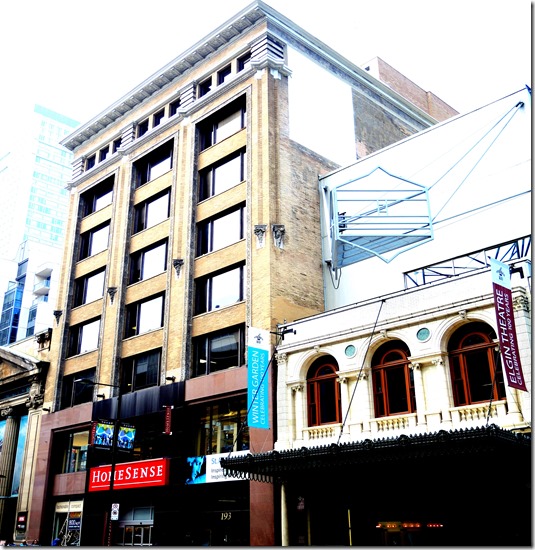
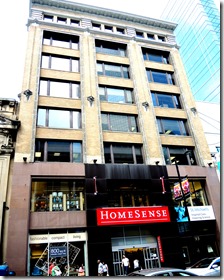
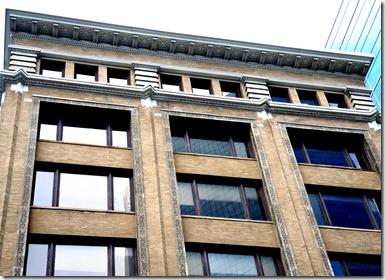
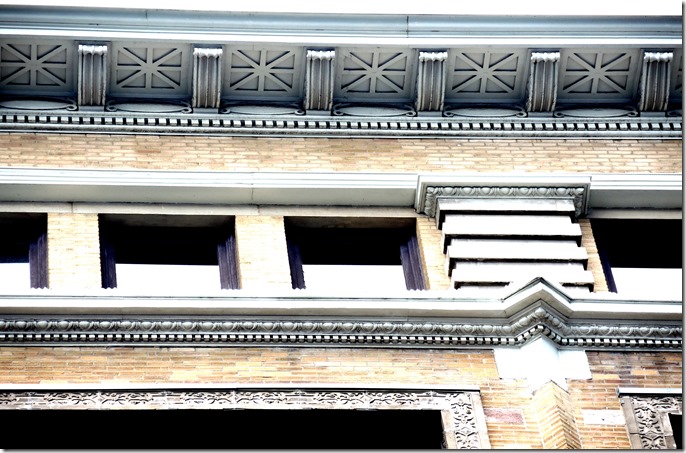
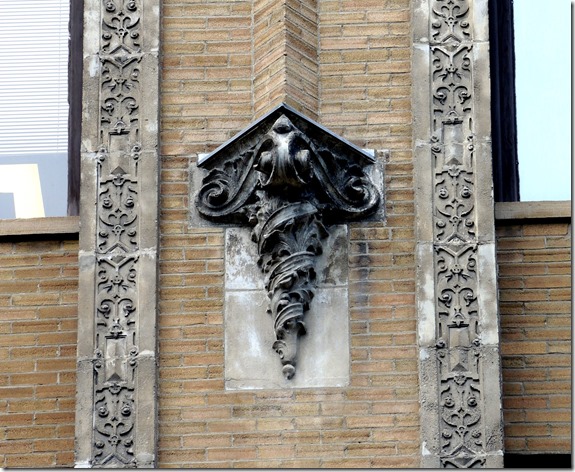
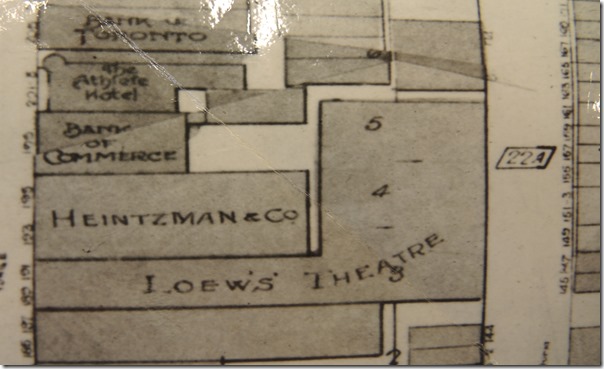
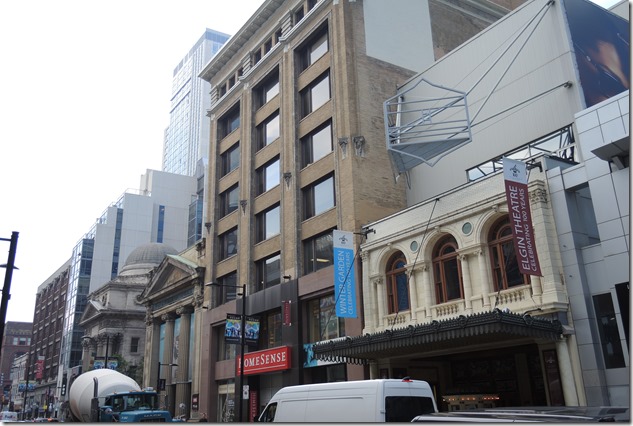
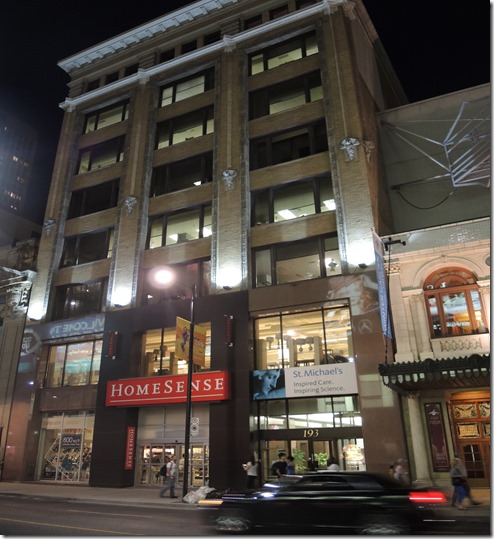
![cid_E474E4F9-11FC-42C9-AAAD-1B66D852[1] cid_E474E4F9-11FC-42C9-AAAD-1B66D852[1]](https://tayloronhistory.com/wp-content/uploads/2014/09/cid_e474e4f9-11fc-42c9-aaad-1b66d8521_thumb32.jpg)